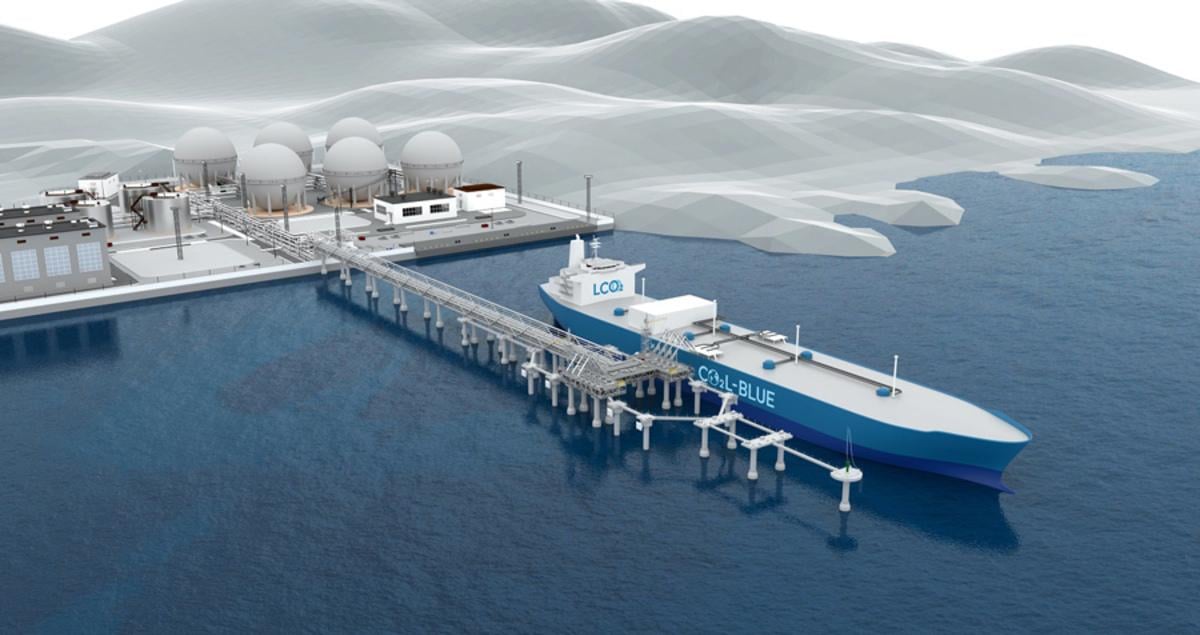The specialist ships at the heart of the CO₂ value chain

Creating a global value chain for captured CO₂ could turn a liability into an asset and contribute to plans to reach net zero by 2050. Shipping could play a crucial role in this chain.
Carbon capture technology has been described as a critical component of the energy transition by the International Energy Agency’s Executive Director, Fatih Birol. But what happens to CO₂ emissions once they have been captured?
Carbon dioxide extracted from industrial exhaust flues is liquefied in preparation for long-haul transportation, often by sea.
On arrival, the liquid CO₂ is compressed ready to be securely stored underground or used in a growing range of applications, ranging from chemical production to putting the fizz in carbonated drinks.
The specialist CO₂L-Blue large-scale liquefied CO₂ carrier ship designed by Mitsubishi Shipbuilding, a Mitsubishi Heavy Industries (MHI) Group company, could play a vital role in facilitating global CO₂ movements. The ships are part of a physical and digital platform intended to connect physical extraction sites with end users.
Watch this animated graphic to follow the journey of captured CO₂ from flue gas to offtakers around the world.
Discover more about the CO₂L-Blue carrier from Mitsubishi Shipbuilding





